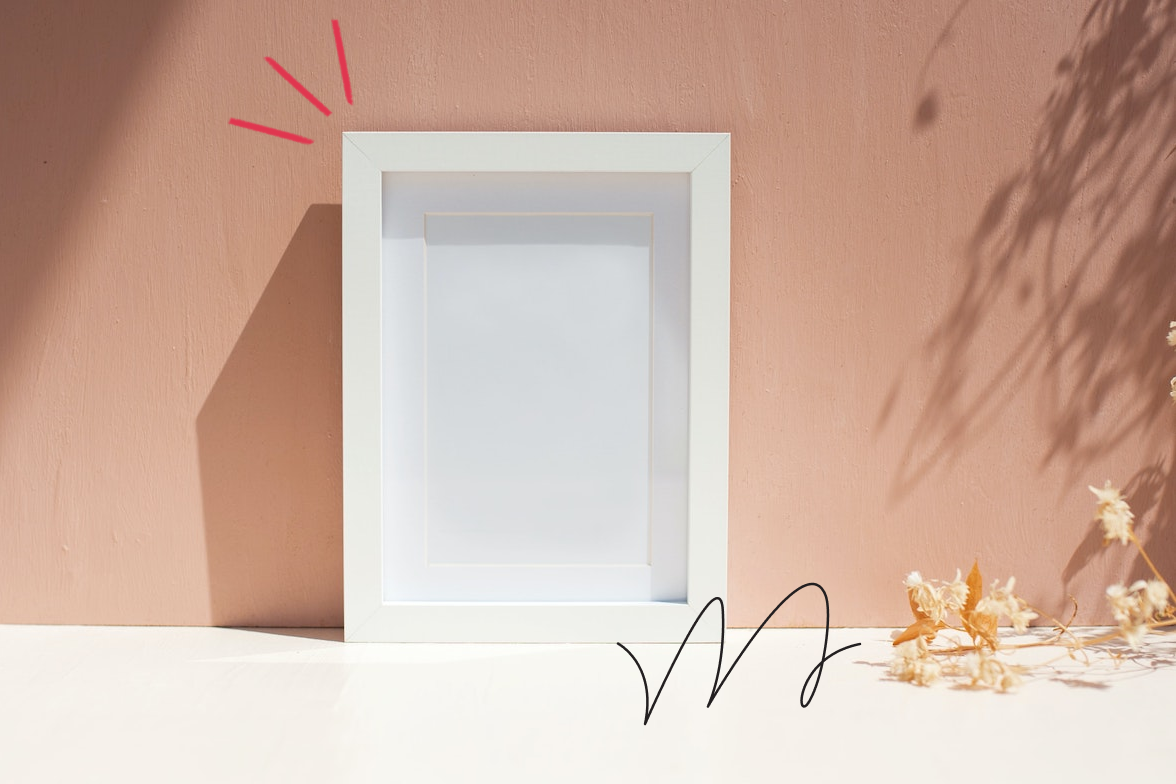No products in the cart.
Social Media Marketing
How you can Use Design Templates Like a Professional
As a branding designer, most people assume that I’m against companies that use design templates. Finally, how can you make your marketing materials feel unique using a template that is likely to be used by thousands of others?
However, I feel the opposite: templates are a great way for small businesses to expand their often tiny design budget. In fact, you shouldn’t be investing in world-class, bespoke marketing assets until you have enough cash, solidified your business strategy, and truly defined your brand.
But there are plenty of bad templates out there too, and knowing how to use them if you haven’t already can be overwhelming. Whether you use canvas, Adobe Spark, or one of the others Design template tools Read on for my best advice to keep your brand shining.
1. Keep it simple
It’s easy to get overwhelmed by the options available when browsing through most of the design template apps – which can lead you to choose the first that looks good rather than deliberately choosing a template that fits your brand.
To prevent this from happening, have an idea of what your template will look like before looking at the options. Think about which elements you will need for the asset you are creating. A simple header and photo for an Instagram graphic? Several blocks of text for an event? A “buy now” button for a website graphic? Based on your goals for this post or campaign, which of these elements needs to stand out the most?
With that in mind, it’s easy to sort through the zippy distractions that don’t suit your needs. In general, it is best to go for the simplest option that has all of the checkboxes that you are looking for are checked. Ideally, it’s also something that can be easily customized for different types of marketing assets so you can keep things coherent across all channels.
Keep it simple – only use the elements that you really need for your artwork. (Made with Mojomox.)
2. Customize your branded look
Design templates are a good starting point, but should not be used unchanged. Of course, you’ll want to enter your own content, but you can also update the colors and fonts so the template looks and feels like it was created just for your brand.
If you don’t already have a branded style guide, consider creating a simple one before you start using templates. Include at least one color palette and specific fonts that you will use for all design elements. There are many tools out there that you can use to define these if you’re just starting out and don’t have the money to pay a professional to.
Start your brand style guide with 1-2 brand fonts and 2-3 main brand colors.
You can also add guidelines to your style guide for other elements such as illustrations or photos. For example, using stock photography or illustration could help you describe some of the qualities you’re looking for or even make a list of specific artists that you always draw from collections to make things look cohesive.
3. Don’t let the trends distract you
It’s easy to get excited about design trends that you see all over Instagram, but it’s also easy to get too caught up in these trends and incorporate them into your design assets, even if they don’t really fit your brand .
I recommend finding a handful of templates that will work for you and sticking to them. What people don’t know is that it’s perfectly okay to use the same template multiple times. In fact, it may be better to ensure a consistent look and feel for your brand.
Small adjustments to simple templates can make things feel cohesive yet fresh.
But if there’s a new design template that really catches your eye, or a trend that you think might help you get more engagement, there is an easy way to check if it works for you Brand fits. Just customize the template to match your branding, then compare it to existing assets in your feed to make sure it feels like part of the family. If it looks cohesive add this template to your mix – if not, it’s better for your brand to ditch it.
4. Focus on what your brand is really trying to say
My final piece of advice to getting the most out of templates is not to spend so much time stressing out on your templates! So many small business owners in general put too much emphasis on design, even though there are so many other things that are critical to your brand like the messages you use with your customers and your overall business strategy.
Pick a few templates that you like – prioritize functionality over the eye-catching – and then let your energy focus on writing great text for your graphics. CTAs for A / B testing, and everything else you can control to help your brand stand out online.

